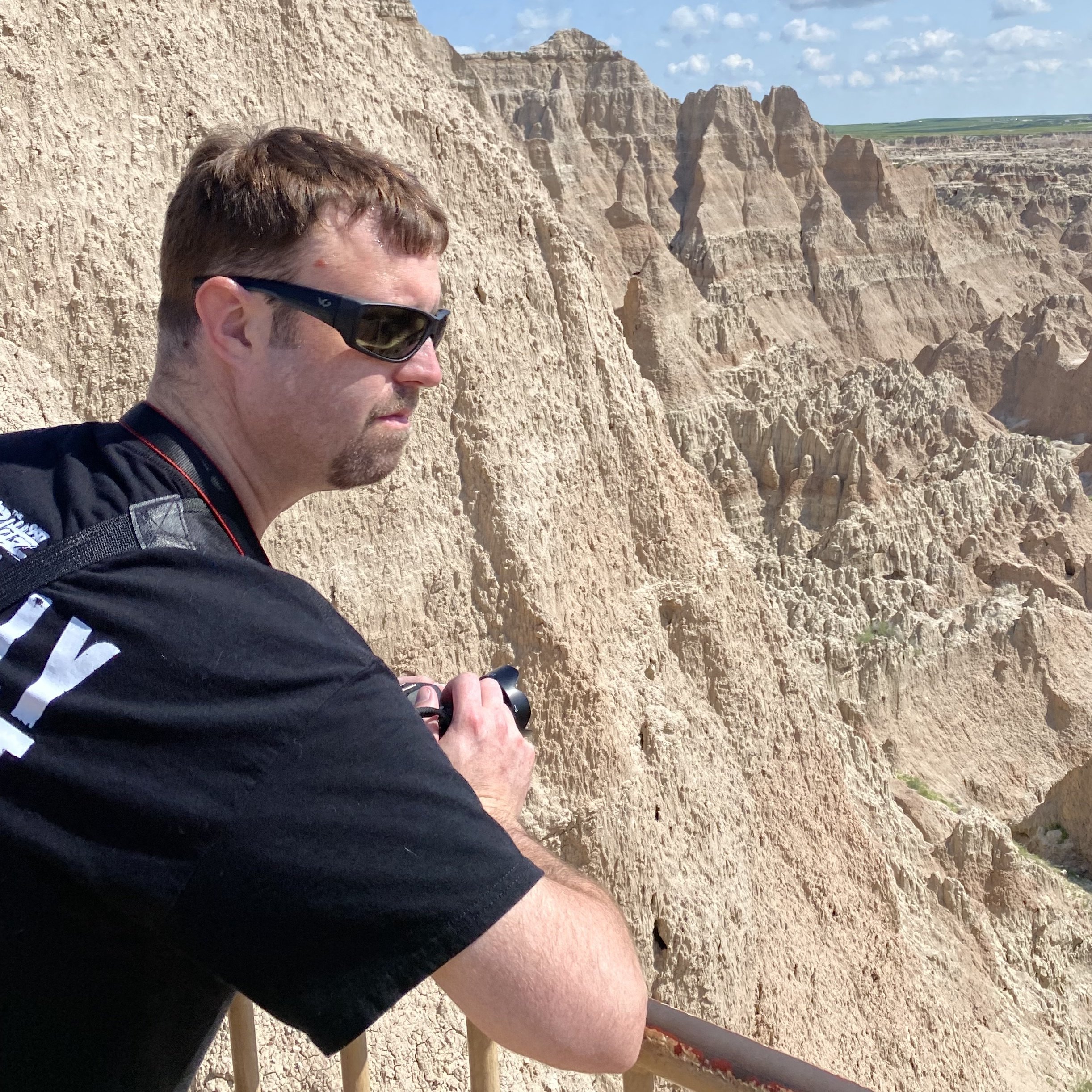Looking to get some anecdotal experiences from someone living in a cold climate using a heat pump as their main source of heat.
What do you consider cold? I have one in central Ohio. It was my primary winter heat source until I had gas installed a few years back. Now the price of gas is so cheap I don’t run the heat pump in the winter. Obviously still use it for AC in the summer.
I’m in central Ohio as well and had one installed when my coil died in my home a few years ago. It works fairly well down into about the low thirties, but beyond that the aux heat (gas, I kept my furnace) flips on.
There is a point where the temp dips low enough to render mine useless, but we have some at my office that work in the mid to low twenties(!)
I like the idea of heat pumps for efficiency, but I fear I would be like you. I’m in a mild climate and my (gas heat) winter utility bills are so low already I have a feeling a more efficient heat pump would actually cost more to run.
A few years ago I created a spreadsheet where I can plug in electric and gas prices. It shows me which is the cheaper option to heat with. And year after year despite my heat pump being ~3x as efficient as my gas furnace the furnace has been hands-down cheaper to run. So I just leave the thermostat on Aux all winter. One day I suspect it will flip but that hasn’t happened yet.
My perfect world would be solar and batteries and a heat pump install. Free power and heating.
Unfortunately or fortunetly depending on how you look at it, both gas and electric is relatively cheap in my neck of the woods so it would take forever to pay for itself.
I went down the solar rabbit hole a year or two ago, unfortunately my house is oriented in a crappy direction and coupled with a bunch of old-growth trees there was no scenario where I would even break-even in the 20 year life expectancy of the panels. Maybe some day that will change.
Like you said though, I’m in the same boat where electric and gas are both quite cheap here.
I’m north of the 49th parallel so my winters get a fair bit colder than yours.
When you did use it in the winter did it ever struggle?
When you did use it in the winter did it ever struggle?
Yeah, when it would drop below about 25-30 degrees F it couldn’t keep up and the aux heat would kick in. Which at the time was VERY expensive dual 10,000 Watt electric coils in the ductwork.
Mine is an older model though from 2007 I think. I know the newer ones are MUCH better and some can go sub-zero.
Isn’t it really how well your home is insulated and whether the heat pump can keep up with the escaping heat?
no, heat pumps are rated for and work most efficiently at a specific temperature range. You’re pumping energy from outside in, so the outside temperature matters a lot.
you can have all the insulation in the world and it won’t matter if the heat pump can’t transfer that energy.
For heating specifically, heat pumps do le’t really work well (just yet). I’m well south of you and it’s cheaper to use gas than a heat pump. Maybe you could pair it with a geothermal sink to increase efficiency?
deleted by creator
The main thing with heat pumps is that they obviously do heating and cooling. For most other systems, those two functions are separate, and can be sized appropriately.
If you live in a climate that is mostly hot, with some cold days, you’d size to accommodate the hottest days. If you live in a cool/cold climate, where you’d only occasionally need cooling, you’d size for the coldest days. Going oversize is bad because it is inefficient and just doesn’t work as well. It is often better to size the system to accommodate 99% (or whatever %) of days, and have a little backup heat and/or cooling capability for when the pump can’t keep up than it is to oversize and run inefficiently most days.
I lived in an apartment with a heatpump sized to handle the cold, and it kept me warm always with no trouble. It wasn’t that cold of an environment, though. During the summer, it would kick on to cool the place, and it would cool very fast. That sounds good, but what happened is the temperature would be fine, but the humidity would be very high, and I would get condensation on my windows and mildew in my closets. I ended up having to increase the hysteresis of the system, so instead of letting the temperature rise a couple degrees above the set point and cooling a couple degrees below the set point, it had to swing much further. That made the system run long enough in one shot to decrease the humidity, but it basically made it so I’d have to either let the place get uncomfortably hot first, or cool it down to uncomfortably cool.
If the system were smaller, maybe there would be a few days a year where I would have to wear a sweater inside, but I wouldn’t have to worry about 150 days of too much humidity.
The last thing to think about is air-source vs ground-source. Air source is basically a drop in for an air conditioner, but has a lower limit on temperature it will operate. That limit has gotten a lot lower over the years, but AFAIK, there are theoretical limits it can’t beat, depending on the physics of the system and particular refrigerant. Ground source, aka geothermal, should work most places provided you have the space for it, and money to install it. Underground never gets cold enough that the physics of heat pumps aren’t effective.
I get both ends of the spectrum. 30+ in the summer and -30(and worse, at times) in the winter.
I currently have a NG burning furnace and central air for the summer, but both are coming up on end of life so I’m weighing the pros and cons of going with a heat pump system.
Thanks for your reply!
Define cold.
I have an air-water heat pump as the only source of heat and hot water in my house. It takes heat from the air outside and dumps it into a 200 litre water tank. I’d guesstimate that 80% of the homes in my neighborhood have the same setup.
Temperatures are going to be around -10°C for the next few days. When the silver falls below -15°C a resistive element kicks in to help the pump. In my climate I won’t see more than a handful of those per year.
Nordic models scale down to -30°C before doing the same.
Look up the model number. There are some that maintain 100% capacity down to negative temps, and there are some that lose capacity as the temperature outside drops. You can look up something called a “submittal data sheet” to find out the output capacity at different temperatures.
Capacity is measured in BTUs. So, if the heat pump is a 30,000 BTU model and it’s 47 degrees outside, it may produce 30,000 BTUs. However, at 17 degrees outside, it may only produce 20,000 BTUs. At -5 F, it may only do 10,000 BTU. Other models will keep 30,000 BTUs all the way down to -15F. The trade off is they use more electricity. Checking the data sheet can help you figure out what your model is capable of.
Mitsubishi is generally regarded as the best brand and they sell a line called “hyper heat.” These maintain capacity in low temps. Other brands have similar.
Newer heat pumps are awesome. Northeast USA, with EcoEr brand. Two winters now close to single digits but rarely below freezing and it works like a charm. Mine is rated to operate to -40f. They had to wire it up for single heat source mode, by default they were wired for secondary heat source on the older models. Humidifier module can be added for winter comfort, my neighbor has that. Not sure what the cost tradeoff vs gas is, but it is definitely way cheaper than oil, which is what we replaced. What I like the most about it is that I can wave my two middle fingers at the oil industry and say hello to solar energy.
Summer cooling feels like Arctic cold, and comes with built in dehumidifier for comfort. It definitely works harder to heat in winter than cooling in the summer.
There are mini splits which require less construction, lower cost, with good cooling, but winter heat operating temp stops near 30f.
There’s lots of options out there depending on where you live , budget, needs.
Good luck !
Lived in a house that had a heat pump with resistive electric heat as a backup in Canada. Never noticed a significant difference between that and other houses I’ve lived in that had natural gas furnaces.
Aux heat would kick whenever it was below about -5°C. That house would be about 20 years old now and had decent insulation for the location and age. It never really felt like the furnace struggled to keep the house warm, or was running all the time.
Cost wise it didn’t seem significantly better or worse than natural gas. It was definitely using more juice in the winter when there was a cold snap, but it wasn’t crazy amounts. The electric bill was actually highest in the summer when the heat pump was cooling.
Yes, Massachusetts. I have a dual fuel heat pump with natural gas backup installed in 2020, so it’s a newer system. And I have one heat pump mini split in the least energy efficient, but most used room in my house (large, high ceilings, exterior walls on three sides, and a skylight).
The first couple of years I noticed when it got just below freezing, the central heat pump seemed to struggle to keep up. Then this year I replaced my windows and got new wall insulation in both of the main bedrooms and bathrooms (previous insulation was original from the 1960s and shredded to bits with huge gaps.)
After those improvements, I’ve been running my heat pump down to 20⁰F/-7⁰C so far without any issues at all. I’m excited to see how cold we can get and this system still keep up. I am still supplementing my one large room with the mini split, but that’s mostly because all my plants are in here, so I keep this room warmer than 68⁰F/20⁰C.
Yes, and they work great. A good quality one goes to -20 C or even lower
I had one when I lived in Maryland, it worked well. It kept the apartment warm and doubled as an air conditioner in the summer. I had always heard growing up that they never made it warm enough but that was not my experience.
A furnace will put out 120F air easy. Heat pumps, especially back then on a cold day, might only hit 90F at a higher velocity and that’s uncomfortable to some people, especially with longer run times. Modern inverter units are more capable.
I live in Ontario where we go down to -30C in the harshest conditions.
We have a heat pump and a furnace and they alternate based on efficiency
Somewhere around -5 to +5 C it switches from the heat pump to the furnace
I think you could get by a bit colder but it really loses out on efficiency vs burning gas unless you invest in a geothermal heat pump
I have heat pumps in some rooms (mainly for cooling) in the lower Hudson Valley, New York. Mine aren’t effective at heating the house when temperatures fall below 50 F. But my house is almost 100 years old and extremely drafty, so it may not be the best point of comparison.
PA isn’t the coldest, but I lived in two different places in PA that had heat pumps. I never had an issue in either place. They were awesome.
If temps are going to be below 30F regularly, you’ll need an auxiliary source. My parents got one last year, if they don’t switch off it’ll run constantly to keep temps at ~55F and drive their electric bill through the roof. It works well for them during the day in the winter most of the time and during the fall and spring.
This place uses a heat-pump for cooling, in the summer, but it uses a furnace for heating.
It used to reach -20C or colder, here, in the winter…
it’s rained damn-near every week, this winter…
since there is sooo much lag, between the climate-forcing adulteration of our atmosphere,
and the actual climate’s temperature,
it looks like we’re going to be … needing to find some other planet to be inhabiting, in a century…?
Based on actual history, this planet’s current equilibrium-temperature is +5C…+6C, not anywhere near the +1.5C delusion people are still believing-in.
but when one factors-in methane ( & only that one ), that we add, it works-out to +8C…+9C planetary equilibrium… ( using methane’s 20-y equivalent, of 82.5x factor, given the current 1.3ppm to 1.4ppm that we have unnaturally added of methane )
anyways, here’s the link stating that at this atmospheric CO2 the planetary-equilibrium-temperature is between +5C & +6C, in case anyone is interested:
Evolution of global temperature over the past two million years https://www.nature.com/articles/nature19798
Thank you for that reference! Very interesting








